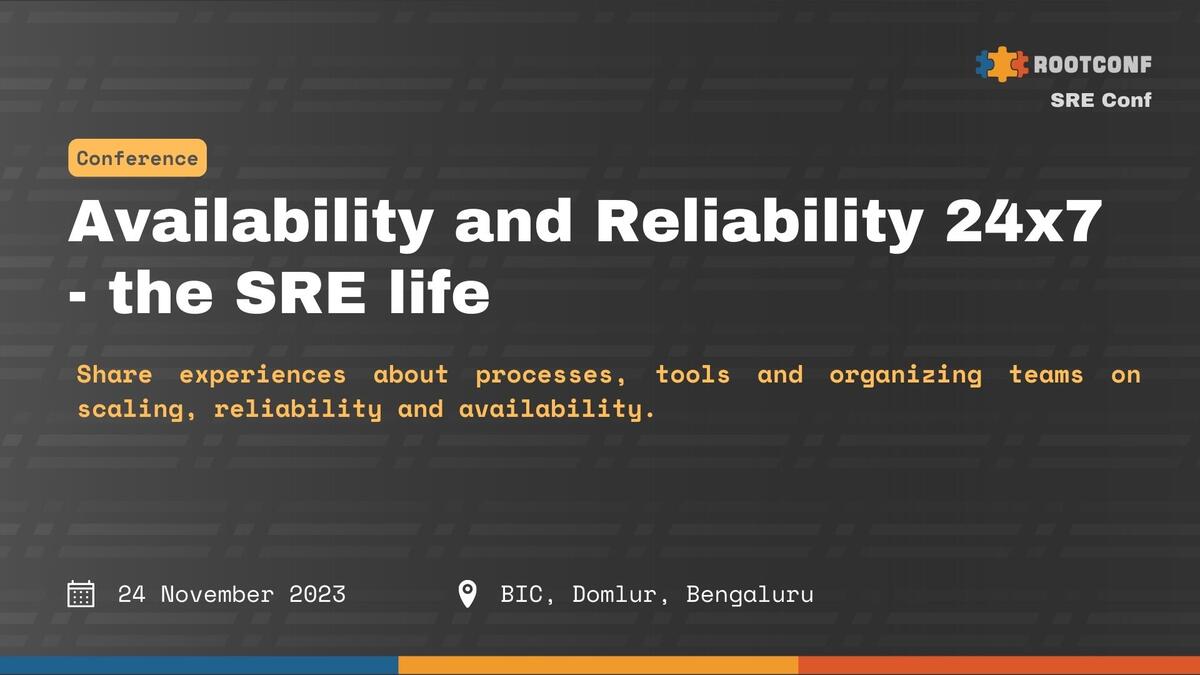Observability is the key tenet of running a multi-tenant Kubernetes environment. In this talk, I’ll cover the what, why, and how of setting up multi-tenant Observability using open-source tools. This multi-tenant system supported 800+ B2B customers across multiple public clouds and private data centers.
I recently worked on setting up this multi-tenant observability stack for one of the largest health-tech companies in India. We built this using open-source tooling on Kubernetes. The system was designed to handle 10000s of metrics from each tenant and support long-term storage and querying of these metrics.
When thinking about multi-tenancy for Observability, one has to think about the following:
- What are the options and tradeoffs when setting up Kubernetes observability in multi-tenant environments?
- If you decide to use Prometheus, what should you pick? One Prometheus per tenant or one Prometheus for all tenants?
- How do you achieve per-tenant data separation? How do you configure RBAC for access control across multiple tenants?
- How do you monitor not just the “server”, but also the “service” along with the supporting application services (databases, queues, cache, etc.)
- What are some optimizations in ingesting, storing, and querying these metrics such that the cost for the observability infrastructure doesn’t blow up?
- Learn how to evaluate open-source tooling for large-scale -observability needs.
- Understand the challenges related to security, cost, data separation, etc, with respect to multi-tenant observability.
- Learn how a homogenous infrastructure setup allows you to automate, optimize, and maintain an observability stack at scale.


{{ gettext('Login to leave a comment') }}
{{ gettext('Post a comment…') }}{{ errorMsg }}
{{ gettext('No comments posted yet') }}